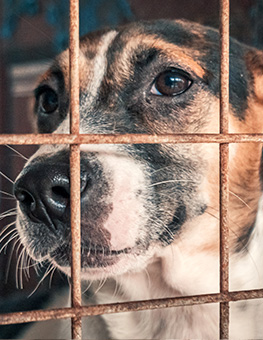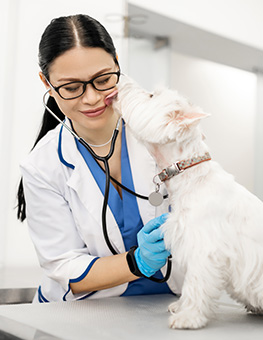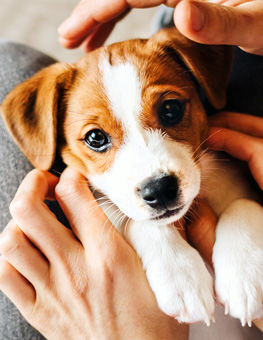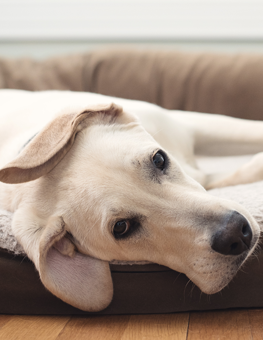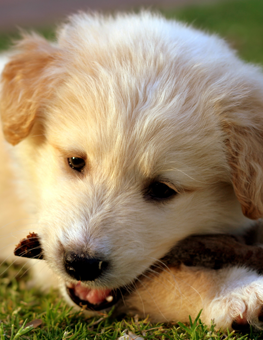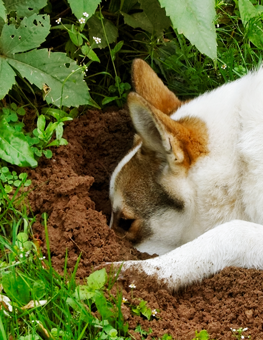Preparations to Make Before Moving to a New Home with Your Dog
For most pet parents, the endless list of tasks that comes with moving to a new home in the next state over or across the country offers enough to deal with.
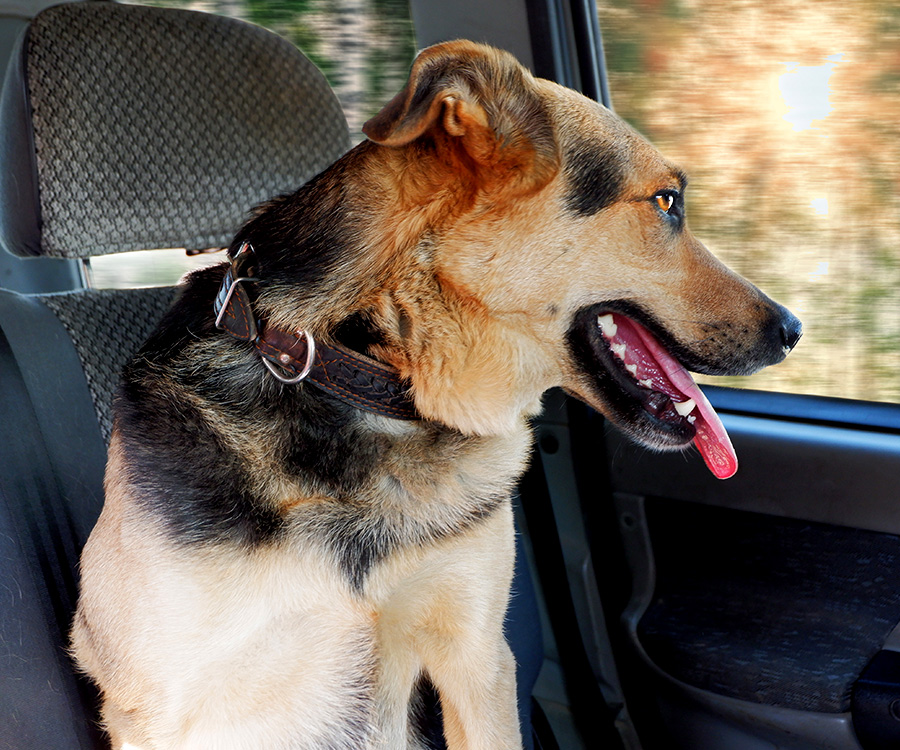

Bringing your dog to a new home before you move could speed up his or her adjustment period.
However, the sudden change of moving to a new abode is actually quite as stressful experience for your dog as well, which means that you need to consider his or her needs during the moving process. Best of all, you can incorporate these dog-related activities into your regular moving schedule to speed your dog's transition into your new house. Here are a few ways to get started.
- Take your dog on a trip to the new house. While traveling with your dog may seem like a big undertaking, bringing him or her to your new home could be a great way to speed up his or her adjustment period. Give your dog a tour of the yard, the inside of the house, and consider knocking on doors to meet the neighbors. This will let your nearby residents know that you care for a dog, and you may even be able to meet their pets in the process. A quick meet-and-greet could help your dog make some fast friends before even moving into the neighborhood.
- Make an appointment at the vet. According to PetsWelcome.com, there are a variety of important documents and health inspections you should have performed on your dog before packing up to your new locale. In addition to a vaccination history, your dog will need a rabies tag, a health certificate, and maybe even a few other documents. Check with animal officials in your new town or state to ensure you have everything needed to register your dog and hit the ground running in your next home.
- Update your identification tags. As soon as you close the deal on your next house, one of the most important steps to protect your dog is to invest in new ID tags, suggests Paw-Rescue.org. Because you'll be in a new place that your dog may be unfamiliar with, there's a good chance that stress could take hold and your pet may decide to wander around. Always use a cell phone number on these ID tags, as it can be much easier to contact you in the event that your dog becomes lost.
This article is brought to you by the pet behavior experts at Hartz. When it comes to dog or cat training, Hartz has the knowledge and experience guaranteed to make the process easy, smooth and fun!



